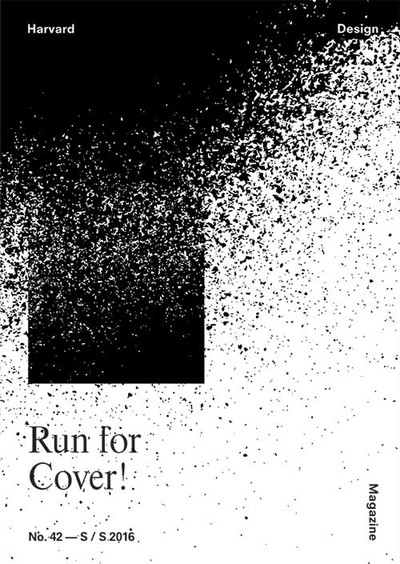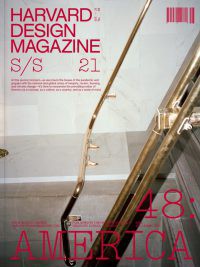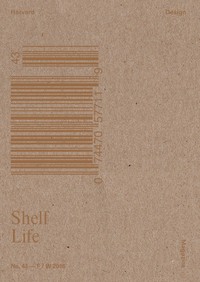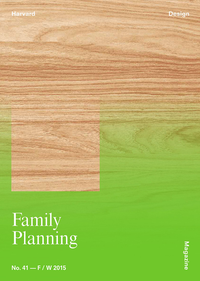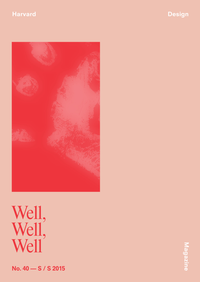Harvard Design Magazine i — Spring/Summer 2016, #42

Harvard Design Magazine
Relaunched in summer 2014, Harvard Design Magazine probes beyond the established design disciplines to enrich and diversify current discourse. Scholarly, poetic, and visually lush, each issue triggers new interpretations of design’s defining role in today’s culture. Distinguished and unexpected voices from the fields of architecture, landscape architecture, and urban planning meet those from the realms of art, science, literature, and beyond. A space for dialogue, speculation, and surprise: Harvard Design Magazine opens a door onto the applied device of design, and the people, places, and politics it engages.
- 404 (26)
- United States
- Two issues a year
- Art, Culture, Design
Like all animals, humans are programmed for survival. Fight or flight? Duck! Run for cover! Our reflex, when we register fear, is to protect ourselves. Architecture’s answer, “shelter,” is said to derive from sheltron, or “shield” + “troop”; phalanx. But what shields or defends can intimidate, exclude, and punish. Architecture is not just refuge, but target and weapon; buildings entrap, collapse, explode, segregate. This issue of Harvard Design Magazine explores how fear—of assault, of nature, of power, of the Other—shapes our physical world, and how the built environment provokes, prevents, or palliates fear. Today, we move about our cities and spaces warily, attuned to threats of violence, disease, economic crash. Sensations of dread, awe, vulnerability—both perceived and real—are mirrored and magnified by the people, objects, and media that surround us. In panic, we run toward and away from the structures and landscapes that figure in our fears; we succumb to lockdowns; we migrate, seeking safer worlds. All the while, we blind ourselves to the regimes of control enacted in the name of safety which ultimately encroach on our civil liberties. Our instinctive urge to hide under tables might save us when faced with a shooter, a bomb, or an earthquake, but more abstract threats ask our minds, not just our adrenaline, to intervene. Can we think our way out of fear? Design our way through dread? As the makers and inhabitants of this militarized “age of terror,” we reach for our “shields” automatically, often avoiding the deeper sources of fear. “Run for Cover!” suggests that maybe designers need to unlearn the shelter reflex. Fear can be a motivator for progress—not for walling in or walling out, but for imagining, configuring, and instrumentalizing spaces that foster coexistence, cooperation, and trust.
What do you think of this issue?
Sign up or Log in to join the discussion.
Recent activity
- 25 Nov, 2016 New cover uploaded by Mottobooks
- 25 Nov, 2016 Added to Magpile by Mottobooks
